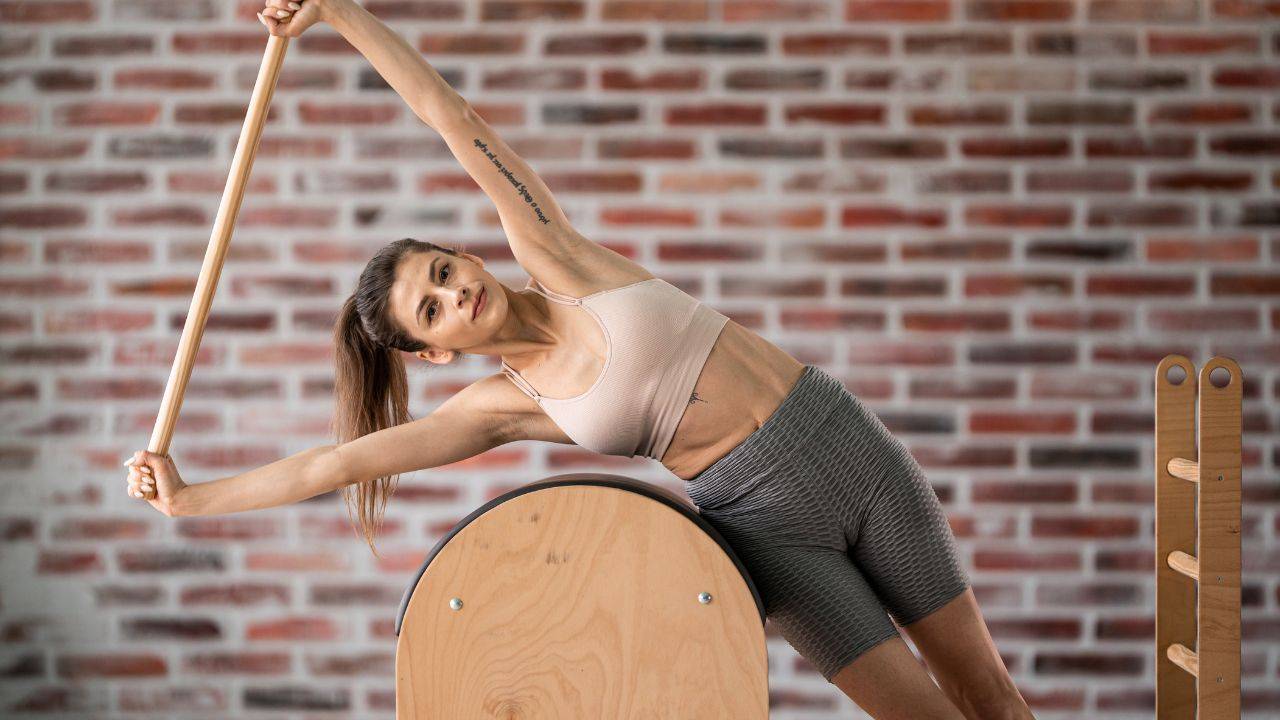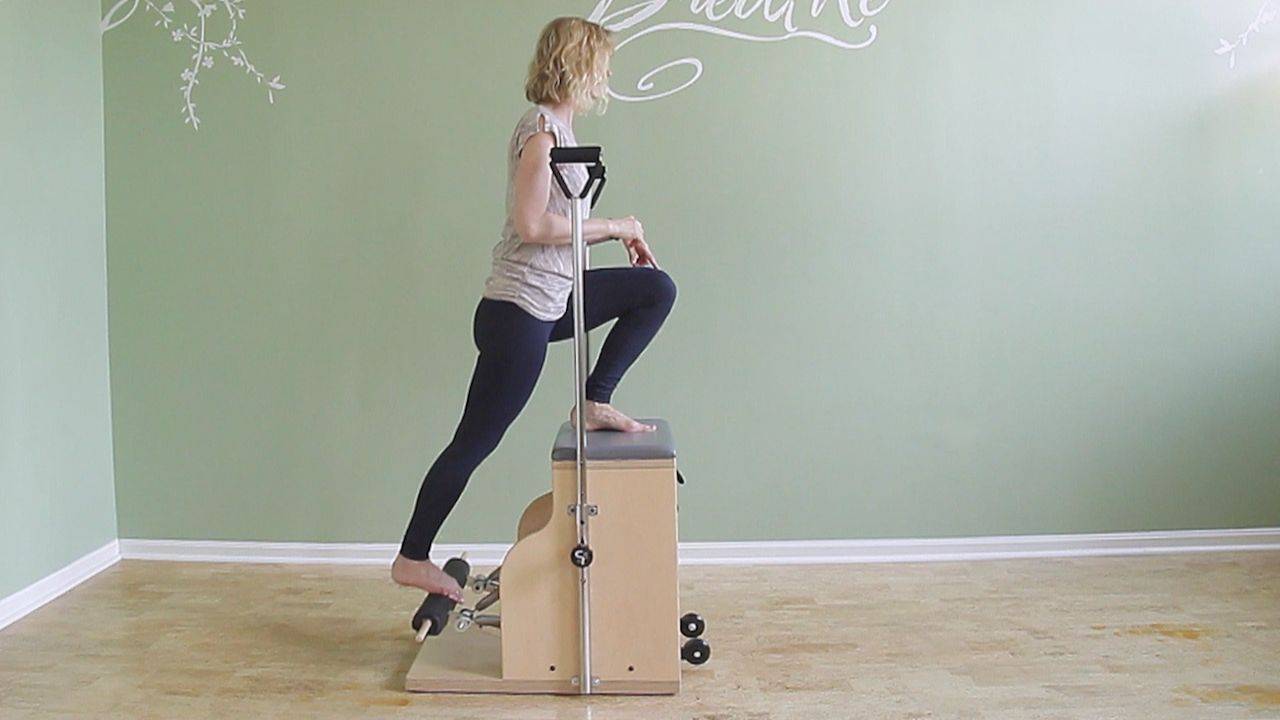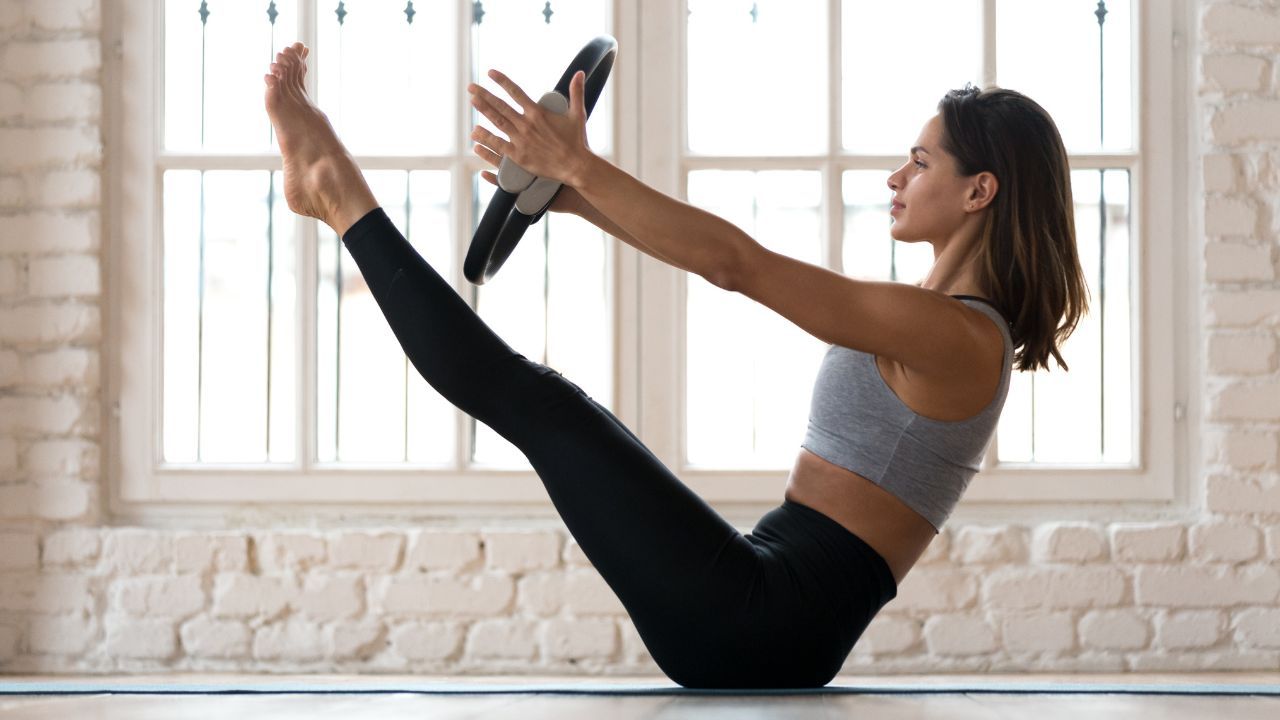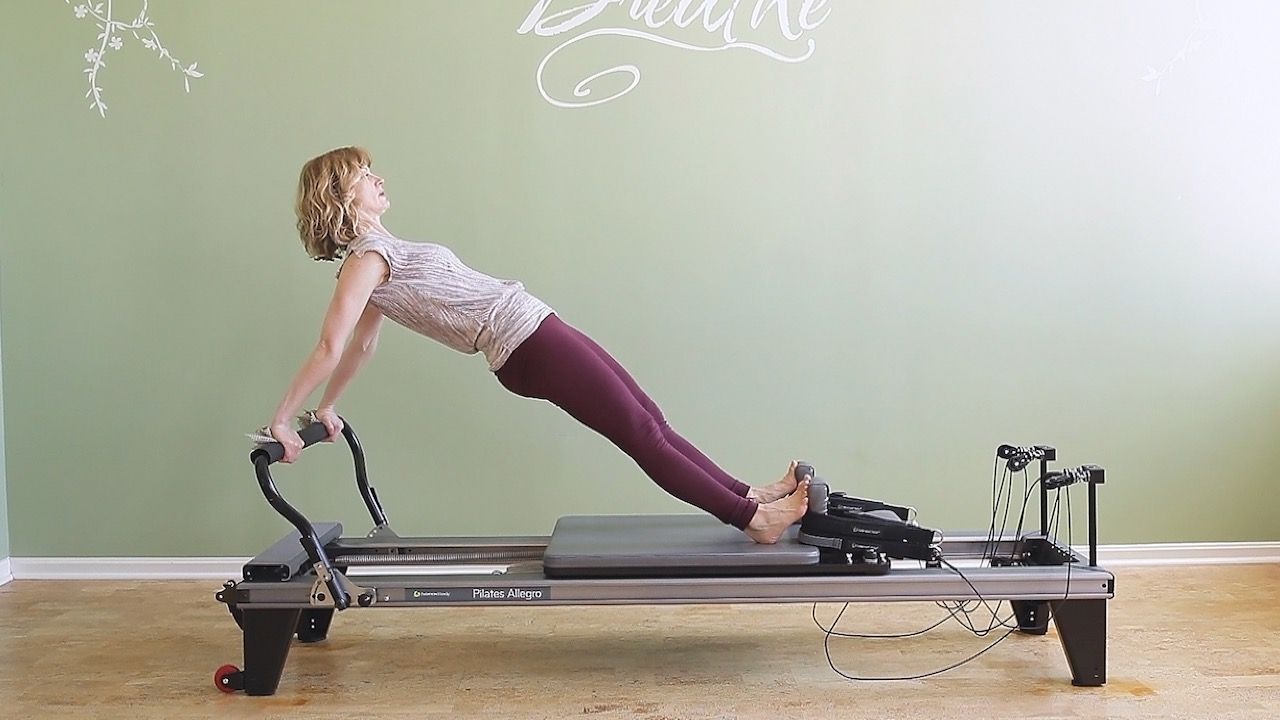What You Need to Know About the Learning Process
Nov 04, 2020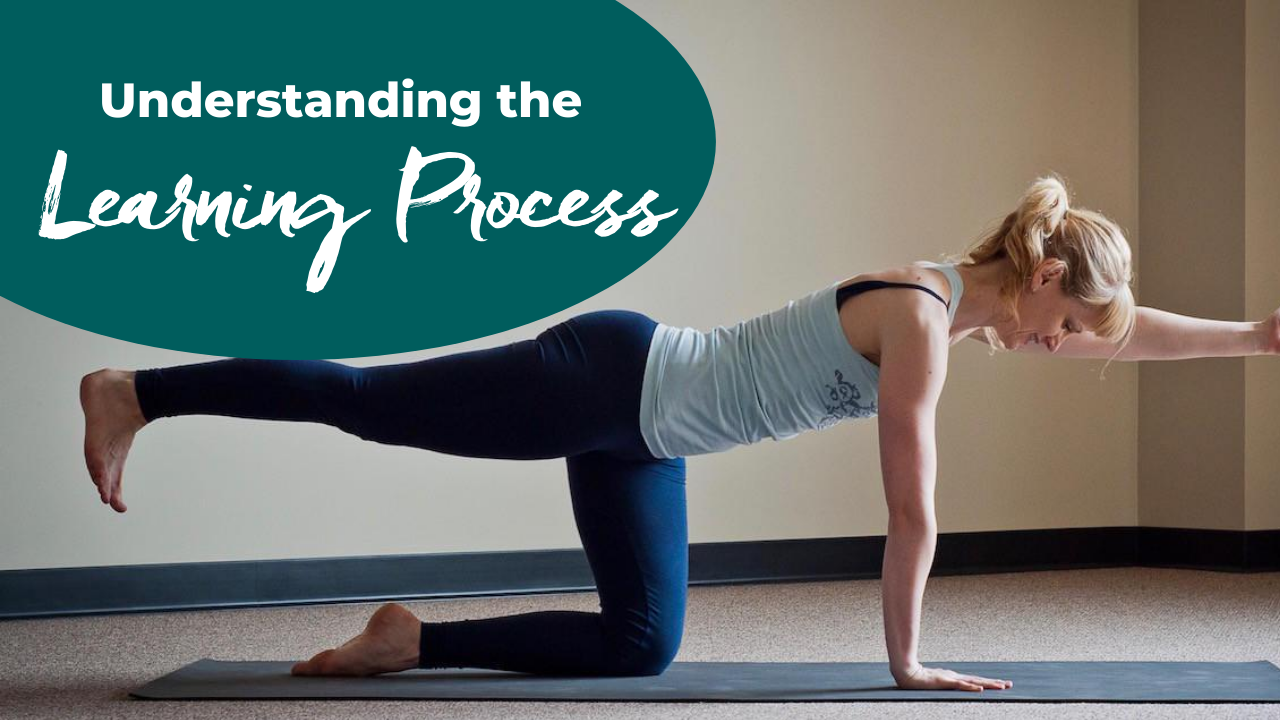
I'm sure you've found yourself in a situation in which you uttered: "Just because I know how to do it, doesn't mean I can do it, or I do it all the time."
This sentence perfectly describes two different ways of learning and memory: declarative and procedural, or understanding and practicing.
Declarative learning (understanding) is acquiring information that you can speak about. If I ask you what your spine should be doing in Bridging, you can tell me straight out: "Roll down one vertebra at a time." Bingo. You've heard that a million times. You get it. But does that mean you're doing it? Hm.
Procedural memory guides the tasks we perform most often and it happens on an unconscious level. Because you've punched in your PIN number (to unlock your phone, pay with your debit card, or to access your voice mail) a thousand times, your fingers now do it automatically. Were I to ask you to repeat the number consciously, you probably would need to pull out your phone, move your fingers over the keyboard, and then repeat out loud the numbers you see them touching. It's funny how our brains work like that, isn't it? This is also called habit learning.
To get from point A (learning something new) to point B (habitually doing it), we need to consciously practice the new habit/movement many many many times. It's the road between those two points. And let's not forget, that most of us have a strong habitual memory for something different. So our body wants to go back to the old way of doing it, habitually.
Let's imagine there is a road closure due to construction on your regular commute to work. Because your commute is so habitual, you keep missing the left turn that would avoid the closed road. As a result of your lack of attention, you end up having to make a U-turn and doubling back to the detour. You did this not once, not twice, but three days in a row. (This totally didn't happen to me, by the way). That's procedural memory.
Let's tie this information into your physical practice. There are times during your fitness journey where you need to learn something new; a new exercise, a new way to move your spine, or a different approach to movement such as more efficiency. This can only be achieved with the help of a great teacher who uses tools such as her words and guided touch to show your body the direction it should go.
Related: What Cues Help Your Student the Most
Once you've learned and understood what to do (differently), you can practice this new skill on your own. For it to become a habit, you'll have to repeat it over and over again, until your nervous system, muscles, and joints are totally in sync, a well-oiled machine. At this stage, you don't need the teacher to look over your shoulder every single time. You just need the focus and accountability to stay on track.
This differentiation is helpful when deciding whether private lessons or group classes are the best option for your student at the moment. Are you trying to teach her a different way to move (for example, using a tactile cue to create more mobility by helping her understand how "rolling one vertebra at a time" feels) or does she have a clear understanding of what the new movement feels like, and she just needs to get the practice hours in.
If you're only teaching group classes, then take a few minutes out of each class to explain in depth a new concept or an image. When we teach the same class for weeks, months, or years, we forget that some of our students might not be familiar with what "suspenders" are, or what the "three-point-contact" is. And your regulars might be able to integrate the review more deeply into their understanding of their body.
Related: The Cueing Cure: Dramatically Improve Your Verbal Cueing in 30-Days
We don't always need private lessons, but we might not get the breakthrough we so desperately want by attending exclusively group classes. Each has its purpose.
For each of your students to reach their personal goals, I'm a huge fan of the Open Studio class model. If you're interested in setting up in your studio, I can help. Schedule a quick strategy call with me to assess if the Open Studio model can work at your studio.



